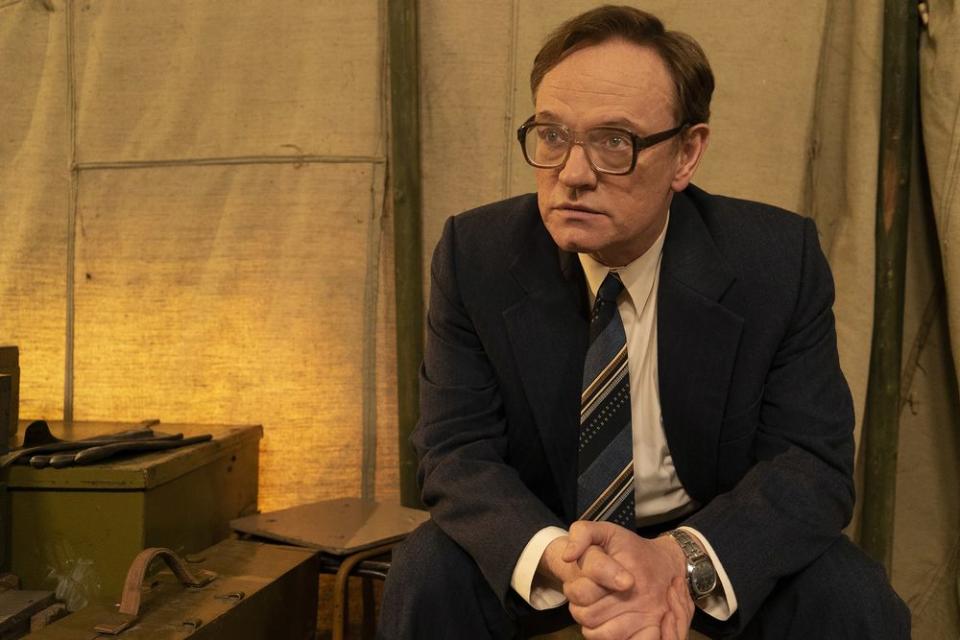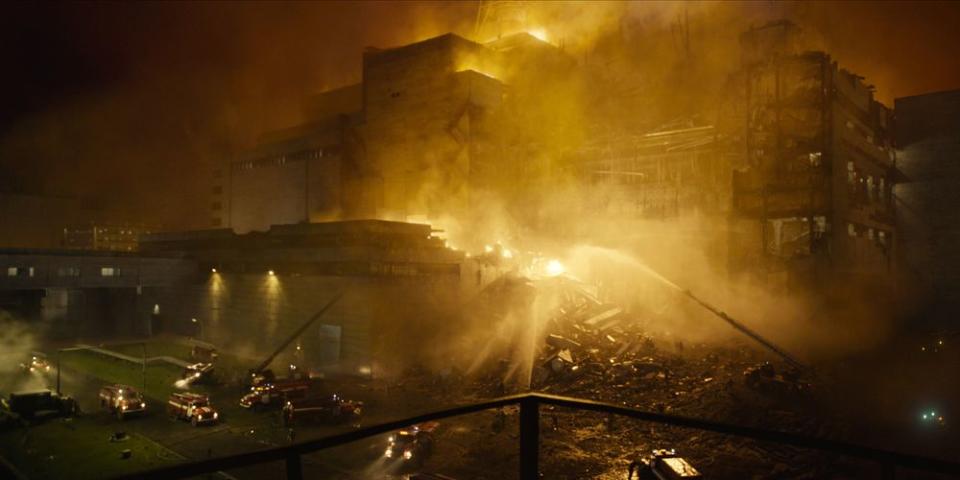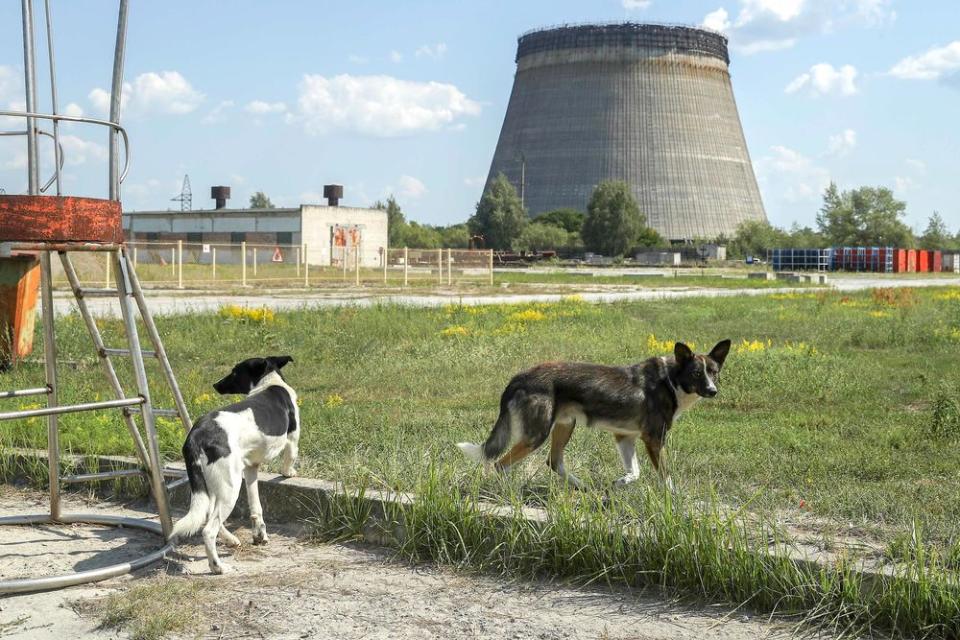How Chernobyl, the Biggest Nuclear Disaster in History, Still Affects Ukraine 33 Years Later
WARNING: The following story contains spoilers from HBO’s Chernobyl.
HBO’s riveting show

The explosion emitted 400 times the radioactivity as the bomb dropped on Hiroshima during World War II. It is estimated that 31 plant staff members and emergency workers who were there that night died within four months of the explosion.
But thousands of people eventually died from the nuclear fallout of the explosion, due to the extreme levels of radiation admitted into the atmosphere. According to the HBO series, it is estimated that 4,000 to 90,000 victims died over the years following the accident. Many of these deaths were cancer deaths linked to radiation exposure. The highest spike of cancer rates was among children.
The series also depicted the many people who gathered on a local railway bridge miles away from the nuclear power plant to view the fiery explosion on the night of the accident. According to show’s finale, none of the people who watched Chernobyl burn from the bridge survived. The railroad path is now known as The Bridge of Death.
Land
Apart form affecting humans, the Chernobyl accident also scorched the land around it. Today, there is still a 770-mile-wide Chernobyl Exclusion Zone — the contaminated areas of Ukraine and Belarus — that is considered unsafe for human habitation or any kind of agriculture due to contaminated plants and soil. Around 300,000 people were evacuated from their homes following the explosion. No one has returned to the now-empty city of Pripyat.

It wasn’t until 2017 that a Ukrainian-German company, Solar Chernobyl, announced its plan to construct a giant solar power plant in the long-abandoned area. The new, one-megawatt power plant was built a few hundred feet from the damaged Reactor 4, but it doesn’t come close to generating the amount of power of the four original Chernobyl reactors.
Animals
In the fourth episode of the series, the show explored the handling of animals who had been affected by the explosion’s radiation. Workers known as “liquidators” were hired to shoot dogs, cats and any other animals left behind at the exclusion site surrounding the power plant to prevent the spread of radiation contamination.
Following the airing of the bleak episode, one of Chernobyl’s creators, Craig Mazin, addressed the show’s animal deaths on Twitter.
“I know that was hard. Just so there’s no confusion— the story of the liquidators is real. It happened. And we actually toned it down from the full story,” Mazin tweeted on May 27. “War leaves all kinds of scars. These were the things men were ordered to do.”
Related: Creator of HBO’s Chernobyl Says Show’s Dog Death Scene Is a ‘Toned Down’ Version of Real Events
SPCA International, an animal welfare organization working to help the stray dogs living near Chernobyl today, backed up Mazin’s claims, adding that many evacuees believed they would be reunited with the pets they were forced to leave behind. Those animals were later exterminated by liquidators.
Today, the animal organization cares for the modern-day descendants of the canines and cats that survived Chernobyl and the liquidators. Once relegated to a difficult life of health issues and sparse resources, these animals now receive food, medical care, vaccines, and sterilizations thanks to SPCA International and their partner, the Clean Futures Fund.

Wildlife around the Chernobyl site, including boars, wolves, beavers and bison has also grown, according to a 2016 study by the Ecological Society of America. The study explains that while the radiation exposure wasn’t good for the animals, the absence of humans and human lifestyle helped outweighed radiation risk.
Chernobyl Today
Though some animals have managed to make the area surrounding the melted down reactor home, the contaminated space remains uninhabitable for humans. According to Ukrainian authorities, it won’t be safe for people to live in the Chernobyl Exclusion Zone for more than 24,000 years.
Still, the Ukrainian government opened Chernobyl to tourists in 2011. According to the Chicago Tribune, last year, the government reported nearly 72,000 visitors to the abandoned city, up from 50,000 the year before.
Visitors sign up for two-day guided tours of Chernobyl, including an overnight stay in a local hotel about 12 miles from the reactor. But if spending the night near an abandoned nuclear zone isn’t the ideal tourist trip, one can also embark on day excursions with the reported dozens of tour companies in the area.
Since the release of the critically acclaimed Chernobyl series in May, interest in the famous nuclear plant and tourism in the Ukraine town of Pripyat has sky-rocketed, according to Reuters.
One Chernobyl tour agency reported a 40 percent rise in their tourism booking sales since the airing of the popular series, while Harris is already generating Emmy buzz for his depth-defying role.

